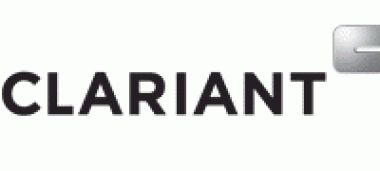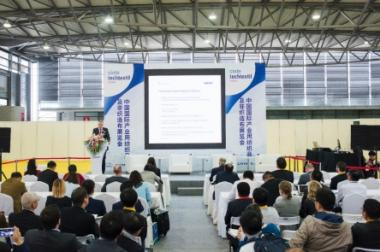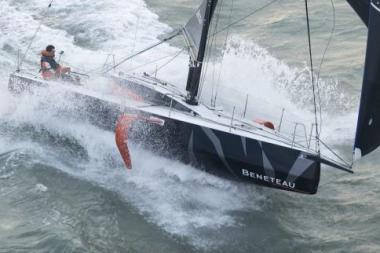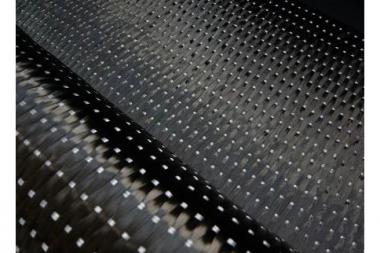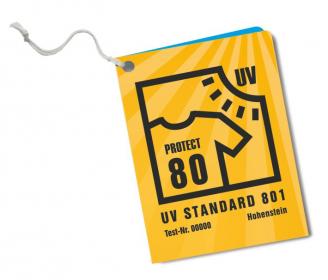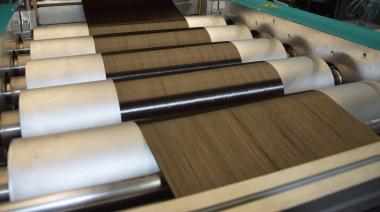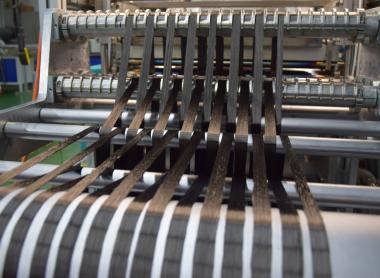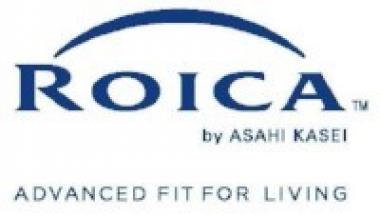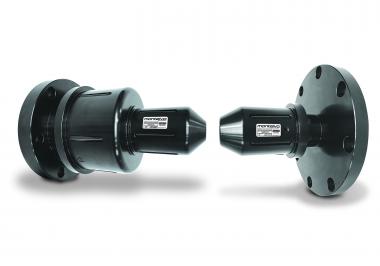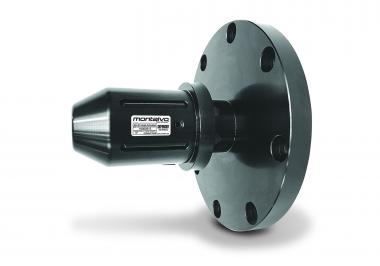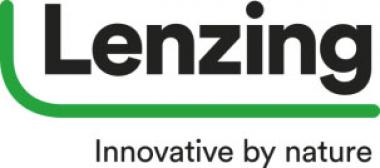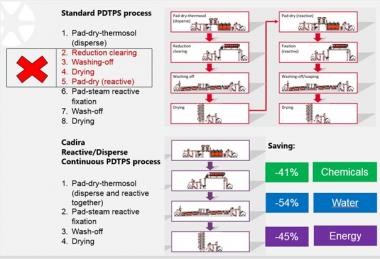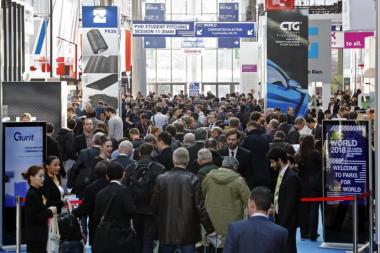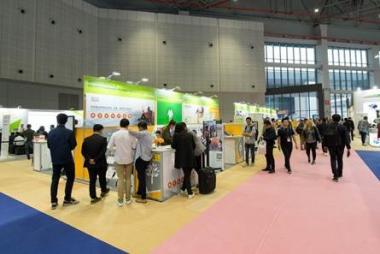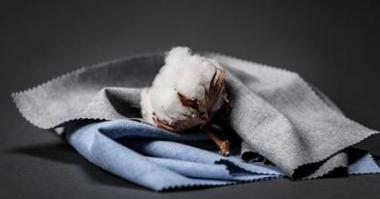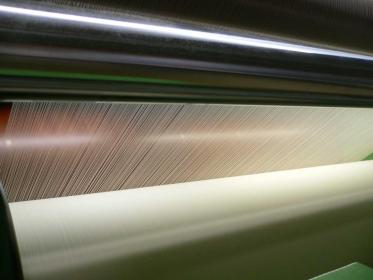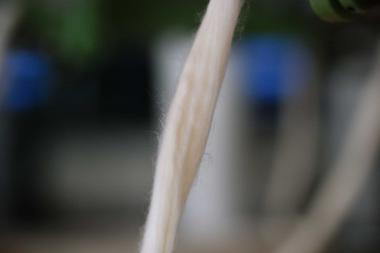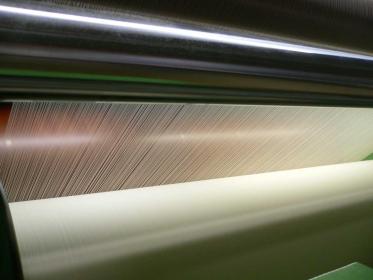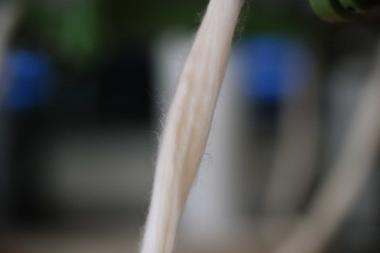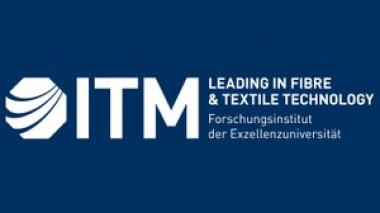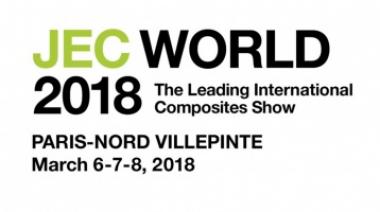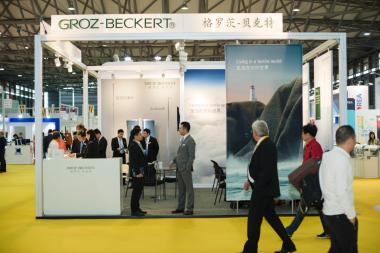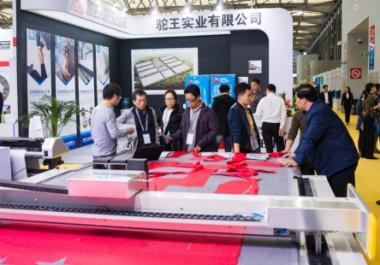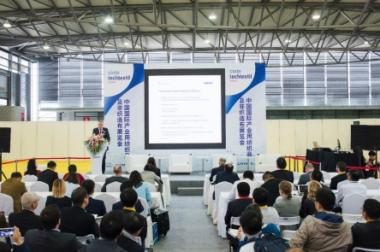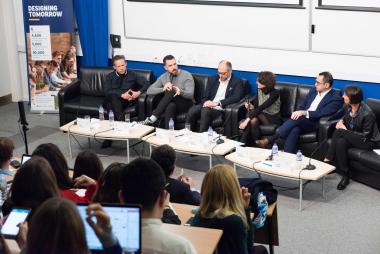Clariant showcases support for North America’s plastics industry growth
- Additives, pigments and masterbatches for transportation, packaging, textiles & fibers
- Support to “future-proof” medical applications
- Contributing towards more sustainable engineering plastics
Clariant, a world leader in specialty chemicals, turns the spotlight on its increasing on-the-ground support and innovation focus for North America’s four key plastics application segments at NPE 2018 Booth S18155.
Clariant is pushing forward with plans for growth in the region by advancing R&D competencies, and increasing its manufacturing footprint and technical capabilities across its 50+ sites, 3 R&D and 6 technical innovation centers. Clariant’s innovations for the plastics industry include advanced additives, masterbatches and pigments which support the packaging sector in engaging consumers via differentiated, convenient solutions. At NPE, it will also highlight solutions for enhancing and protecting healthcare products, as well as its contribution to stronger and colorful textiles and fibers for everything from e-mobility to industrial applications.
Deepak Parikh, president of region North America, Clariant comments: “Clariant’s product innovation for the US and wider North American plastics industry embraces the region’s fastest growing end-use areas of automotive and construction. It also addresses the impact of trends driven by changing consumer lifestyle preferences and market regulations on other important segments such as packaging and healthcare.”
Transportation
Clariant brings color and protection to support the increasing use of engineering plastics and high temperture resins in automotive interiors, exteriors and under-the-hood. Halogen-free Exolit® OP 1400 provides outstanding flame retardancy to polyamide parts, enhances safety with UL 94 V0 performance down to 0.4 mm and enables the molding of complex parts with no mold deposits and blooming. Exolit OP 1400 has been awarded the Clariant EcoTain®label for outstanding sustainability and performance. At the same time, Clariant offers low-halogen controlled high-performance PV Fast® pigmentswith excellent migration and weather fastness properties to meet the high requirements of today’s transportation and automotive industry. Easy processing Renol® compounds and masterbatches for engineering and high temperature resins provide heat and light stability, and flame retardancy, while maintaining critical flow properties in parts like SMT connectors. Importantly, they are available as small lots which enables customers to purchase only what they require and contribute to a reduction in their carbon footprint.
Packaging
As US packaging manufacturers explore more consumer-friendly, lighterweight and appealing solutions, Clariant is on hand to support their functionality, sustainability-related and color desires. Clariant Pigments has an innovative cooperation with Konica Minolta and matchmycolor to enable fast, precise and efficient color matching of HDPE products, using select organic PV Fast and Graphtol® pigments that comply with FDA regulations. The ColorWorks®center in Chicago is dedicated to US brand managers and designers with teams of color design experts to create color formulations faster than ever before for bottles, caps, closures and films.
According to market reports, plastic pouches are gaining share from traditional pack types in packaged food and are mainstream in home care. To support smoother and more environmentally-compatible processing especially for film applications, Clariant offers an FDA-compliant, vegetable-based powder amide wax, Licolub® FA 1, which acts as a slip and anti-block agent. It is suitable for polyolefins and PVC.
Textiles & Fiber
At NPE 2018, Clariant puts the focus on strong and colorful textiles, carpets and industrial fibers. New AddWorks® TFB 117 offers a number of benefits to help stabilize and smoothen fiber production processes, protect color, and improve heat stability and mechanical properties of fibers. AddWorks TFB 117 ensures smooth spinnability with less filaments breakage, even at low processing temperatures and at high speed spinning up to 5,500 m/min. Clariant also offers a broad range of colorants for polypropylene, polyester, polyamide and acrylic fibers, featuring migration fastness, chemical stability, light- and weather-fastness.
Healthcare
Clariant supports risk control and regulatory compliance for medical polymer and pharmaceutical packaging solutions. Its Mevopur® color and performance masterbatches and compounds include a USP Class 6 line of compliant products and multiple global ISO, 87, 88, and 661.1 certifications ahead of the market deadline. Clariant also offers selected FDA-compliant organic pigments and polymer soluble dyes that meet purity migration fastness as well as toxicological properties for medical devices and pharmaceutical packaging.
EMG PR


